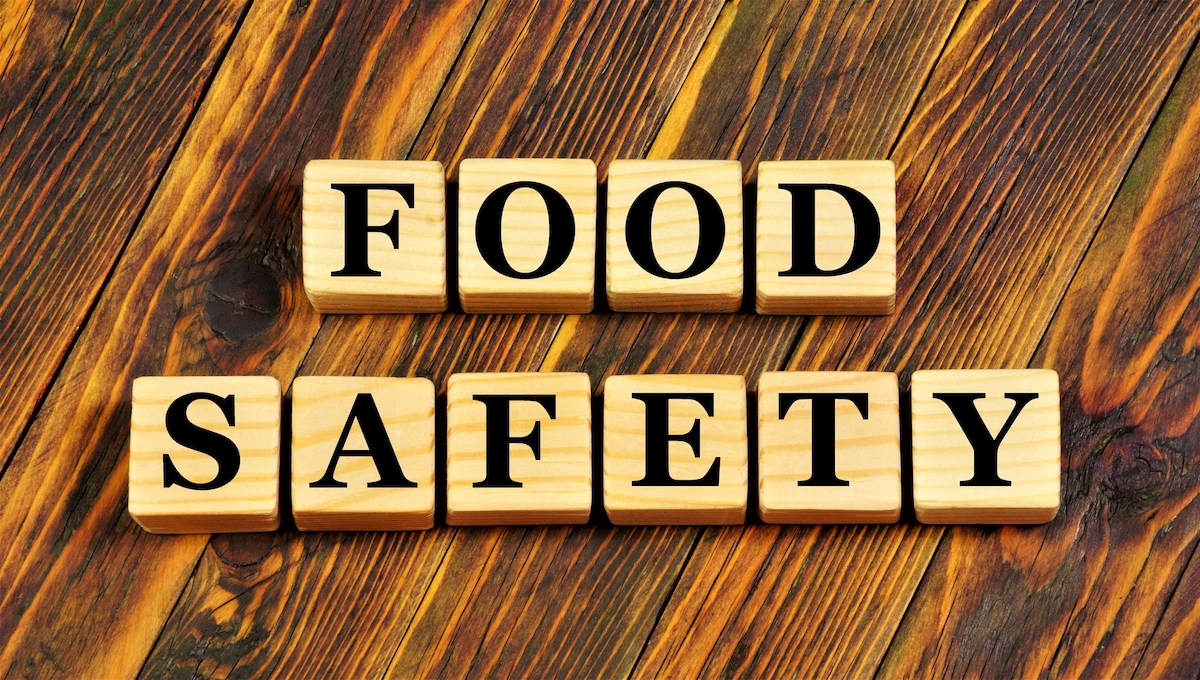
Food safety is one of many areas that has been looked at as part of ongoing discussions with potential European Union member countries.
The preparedness of the food safety system and progress made by Serbia, Montenegro, North Macedonia, and Turkiye (formerly Turkey) was assessed by the European Commission. Another article covered findings from Bosnia and Herzegovina, Kosovo, and Albania.
Türkiye continued to restrict imports of agricultural products from Europe. It is a major exporter of food products to the EU and made limited progress during the reporting period in food safety, veterinary and phytosanitary policy.
Pesticide non-compliance
The number of Rapid Alert System for Food and Feed (RASFF) notifications due to pesticide residues in fruits and vegetables imported from Türkiye into the EU have remained “unacceptably high” since 2020 when new standards on chlorpyrifos and chlorpyrifos-methyl came into force, said the report. The implementation of hygiene rules for food of animal origin and raw milk was again postponed.
There was some progress on zoonoses, with the implementation of the Salmonella control program. Alignment of food safety rules with the EU advanced on issues such as labeling, additives and purity criteria, flavorings, food supplements, and enzymes.
Counterfeiting in the country concerns a range of products including food and alcoholic beverages and deaths from counterfeit alcohol continued.
Türkiye continued training, inspection, and monitoring programs for the placing of food, feed, and animal by-products on the market. The capacity for official controls was improved but work is still needed to apply the new rules on registering and approving food establishments.
Serbia must look at aflatoxin in milk
Serbia is moderately prepared in the area of food safety, veterinary and phytosanitary policy but limited progress was made since the last report.
Serbia prepared a draft strategy and action plan for alignment with the EU but needs to adopt it after public consultation. Monitoring and official control programs were in place for food of animal and plant origin.
Progress was made in the categorization of food establishments for compliance with EU rules but the process needs to be finalized. Other positive steps included training inspectors.
However, efforts must be made to improve milk quality, and testing in the whole country should be considered. As noted for several years, the permitted level of aflatoxins in milk remains five times higher than the EU limit.
Work is ongoing to strengthen the risk management system. Serbia should consistently carry out pre-arrival and pre-departure analysis including food safety checks, in line with EU rules. The customs laboratory remains under-equipped and the country needs to improve its risk-based approach to imported foods, according to the report.
North Macedonia and Montenegro’s progress
North Macedonia has a good level of preparation in food safety, veterinary and phytosanitary policy. Over the reporting period, some progress was made in these areas.
The national Rapid Alert System for Food and Feed as well as the Food and Veterinary Agency’s internal audit and training systems are operational. The agency has taken measures to protect citizens by resolving consumer complaints.
The legislation was aligned with the EU on food additives, food contact materials, and maximum levels for certain contaminants in foodstuffs. The agency continued a program for monitoring food safety, but data needs to be further analyzed, according to the report.
In the coming year, the country was advised to further align legislation on official controls with the new related EU rules and strengthen capacities for data analysis in the Food Veterinary Agency.
Montenegro is moderately prepared on food safety, veterinary, and phytosanitary policy, and good progress was made on recommendations from last year.
Upgrading of food sites continued, with now more than 50 percent in compliance. There are 19 facilities licensed for export to the EU.
The country continued to implement the national program for improving raw milk quality and handling non-compliant milk.
In the next year, Montenegro was told to increase the share of establishments compliant with EU standards and strengthen capacity and infrastructures on food safety controls.
(To sign up for a free subscription to Food Safety News, click here.)
